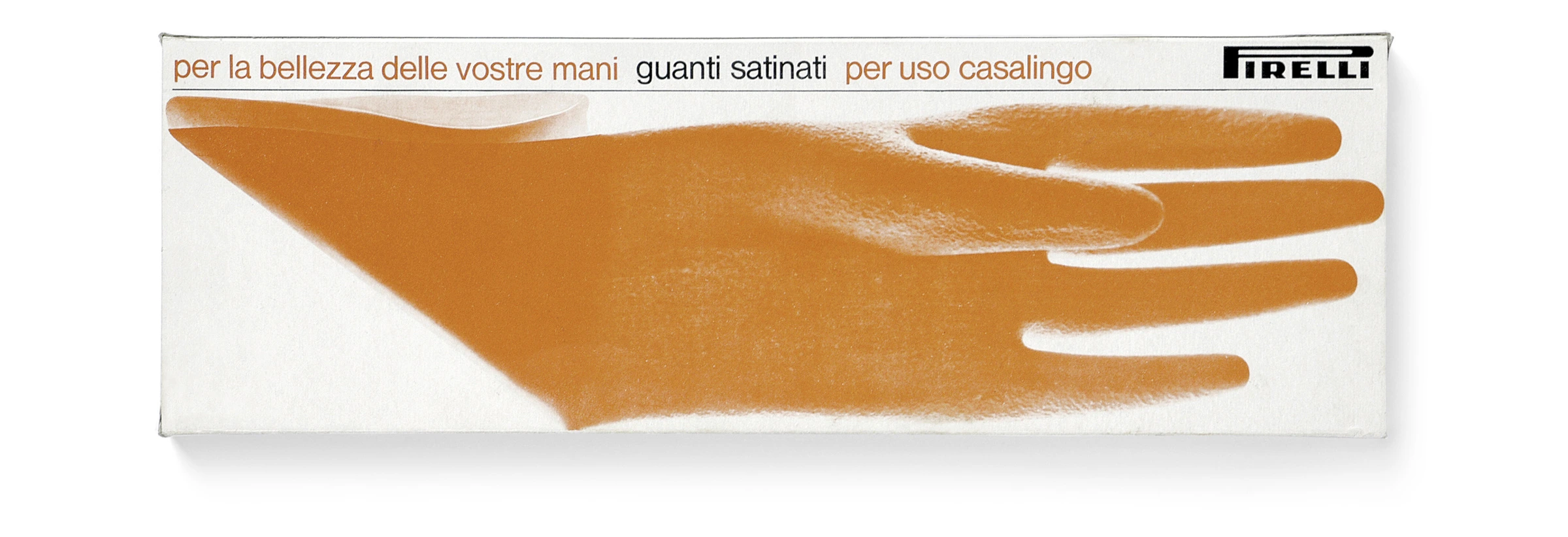the mirror method
In 1991, Monguzzi designed a poster for an exhibition of the work of abstract painter Florence Henri. For the poster Monguzzi used actual mirrors. In a way, he was copying Henri’s own favourite method—the artist often created illusory spaces, based on the interplay of real objects and their reflections. Monguzzi arranged a pair of mirrors, Henri’s portrait and a photocopy of it on a table. He observed the installation from a distance through a cut-out frame, as if through a camera lens, until he found the right “shot.”

